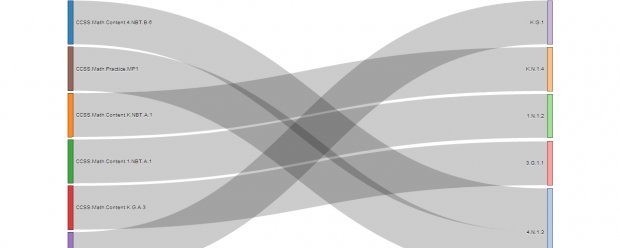
Semantic Relationships
We’ve tried many semantic software platforms; both free and commercial, there are capable, compelling, and even fun tools with which to experiment out there. (Your definition of “fun” may vary.) It turns out, however, that real users of semantic software are often not having fun.
Of course, it’s never ideal to do work that others in the organization don’t understand or value. Since it can be very difficult to convince all the members of an organization of the value of the work of coming to consensus on concepts, defining terms, and enforcing agreed-upon capitalization and spelling, this is a built-in pain point for anyone assigned to the job of “chief semanticist.” In the context of a business meeting, the phrase “let’s not get bogged down in semantics” is often meant as sharp criticism.
Even when an organization does collectively agree on the power and value of having some general agreement on semantic markup, the real-world implementation can be very painful for the people effecting it. Consider a research team dealing with data from a project that is one of hundreds within its enterprise. The project team knows how to annotate the data in a way that makes sense to them, but isn’t sure if another team doing tangential research half a globe away is using different terminology, or whose approach (or research) will ultimately dominate.
The actual meanings of things can be ambiguous especially when those things relate to an organization filled with human beings. In fact, the organization itself can be ambiguous. There are advanced methods used by information scientists to deal with this ambiguity, but to date they aren’t typically user-friendly and economical enough for subject matter experts to apply consistently.
One of our primary goals with Curator is to remove the uncertainties and friction of semantic markup while keeping all of its power. Curator is indeed semantic software—it’s built to capture and preserve meaningful relationships between elements of data, and those relationships are key to its core processing. To that end, Curator never demands formal semantic identifiers (called IRIs) when new terms are created; although they can be supplied, Curator can automatically handle them. Curator also simplifies semantic relationships and never forces users to firmly classify them (except, again, if they want to, ) and does away entirely with forcing users to distinguish between semantic types like “classes” and “properties.” We want our users to be able to spend their time on the truly important stuff; expertise in context, data collection subtleties and biases, analytical strategies. These are the areas where talented subject matter experts can really shine and make valuable contributions.
We’re excited about the possibilities of a world of semantic software and linked data—and we’ve built Curator with the goal of making that world a much more practical and less frustrating one to in which to live.
You might also like







